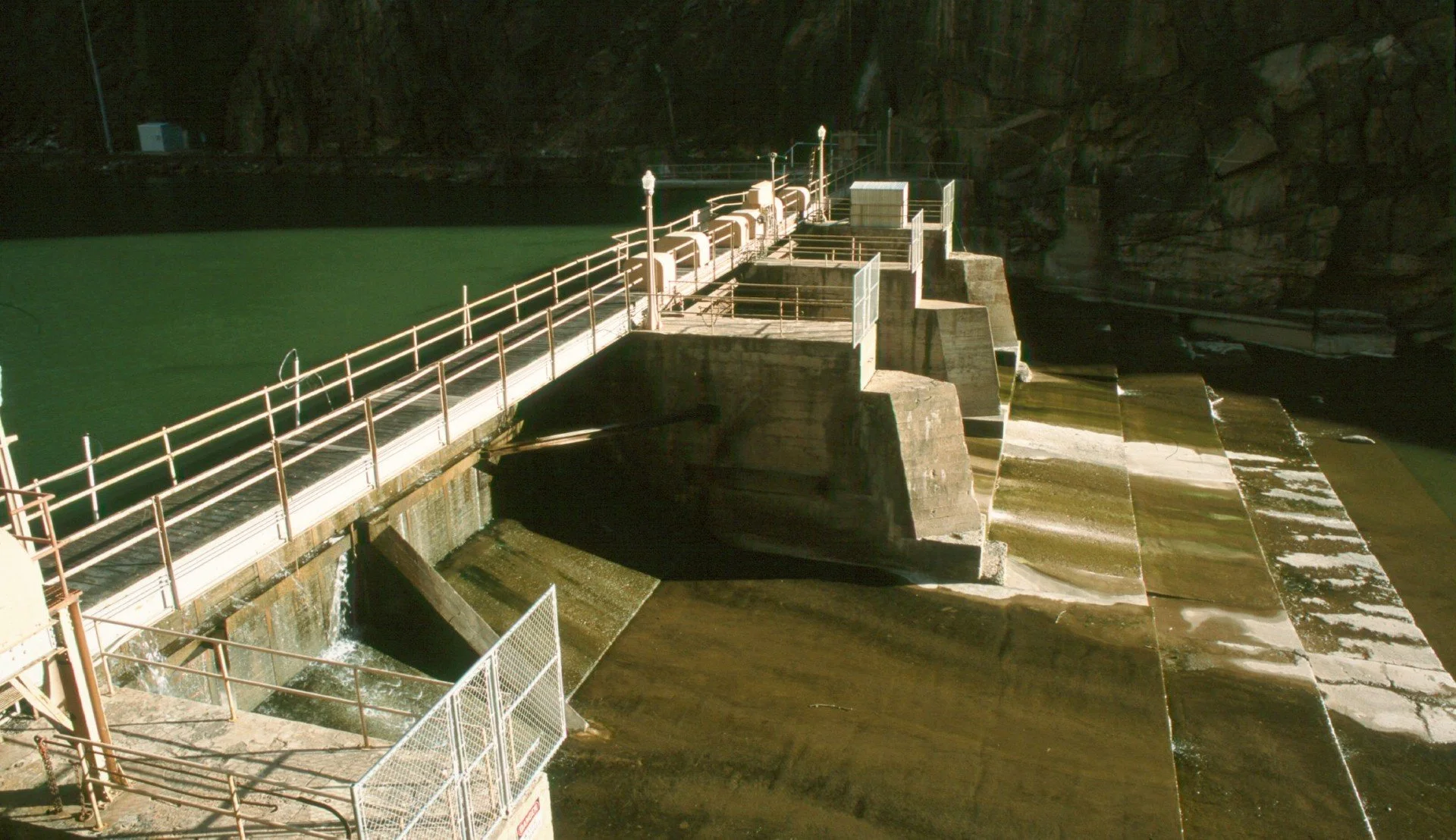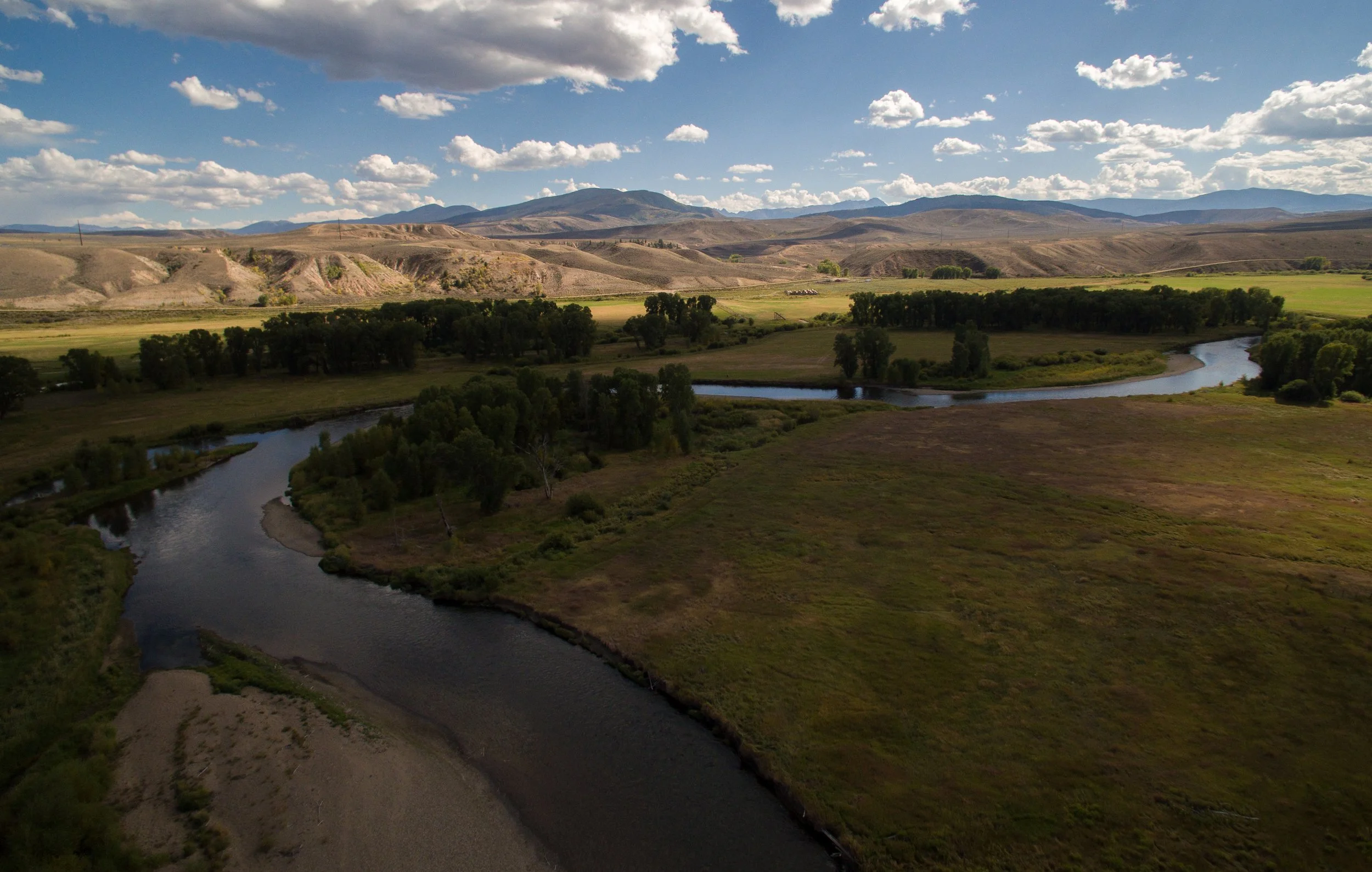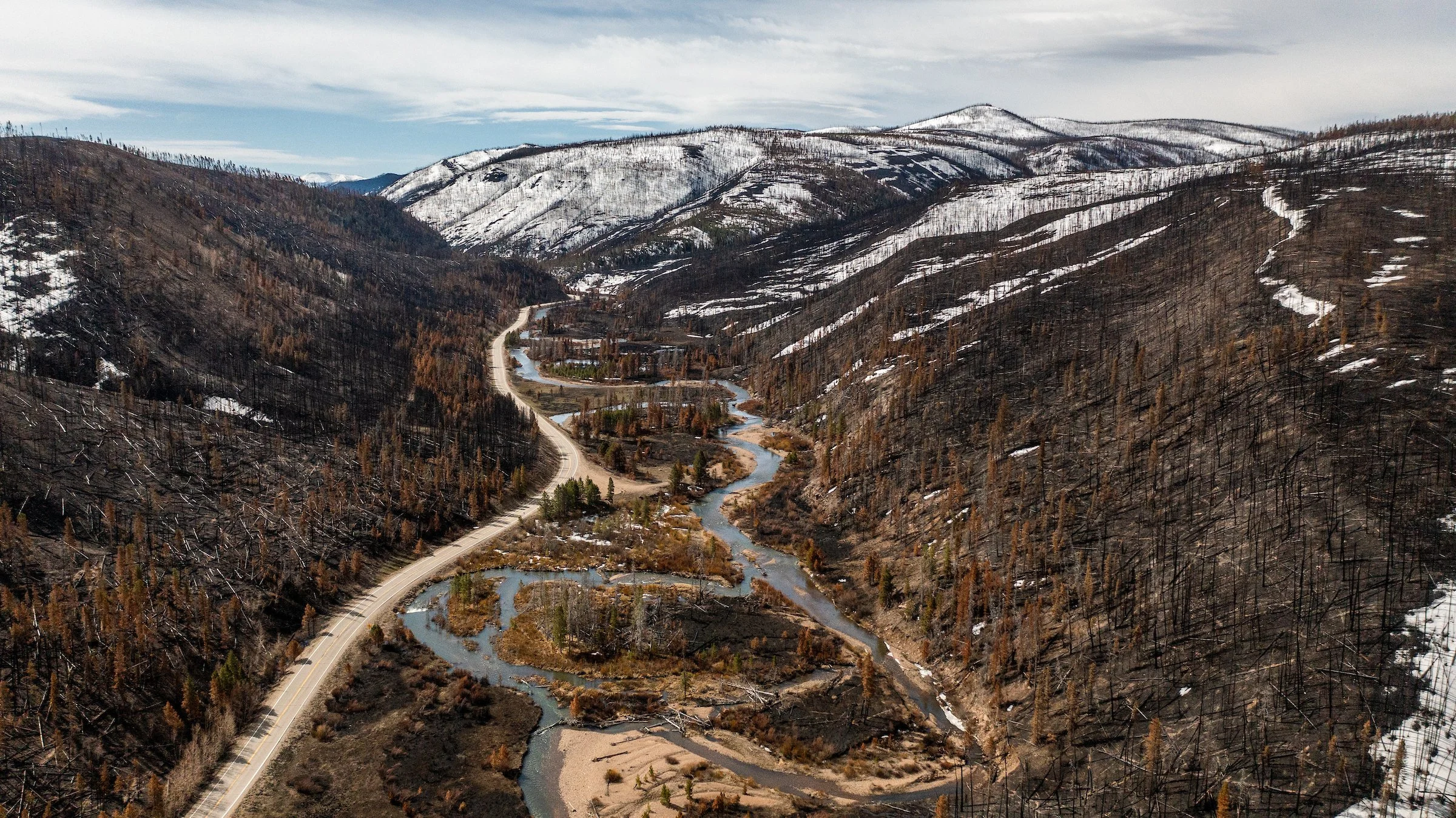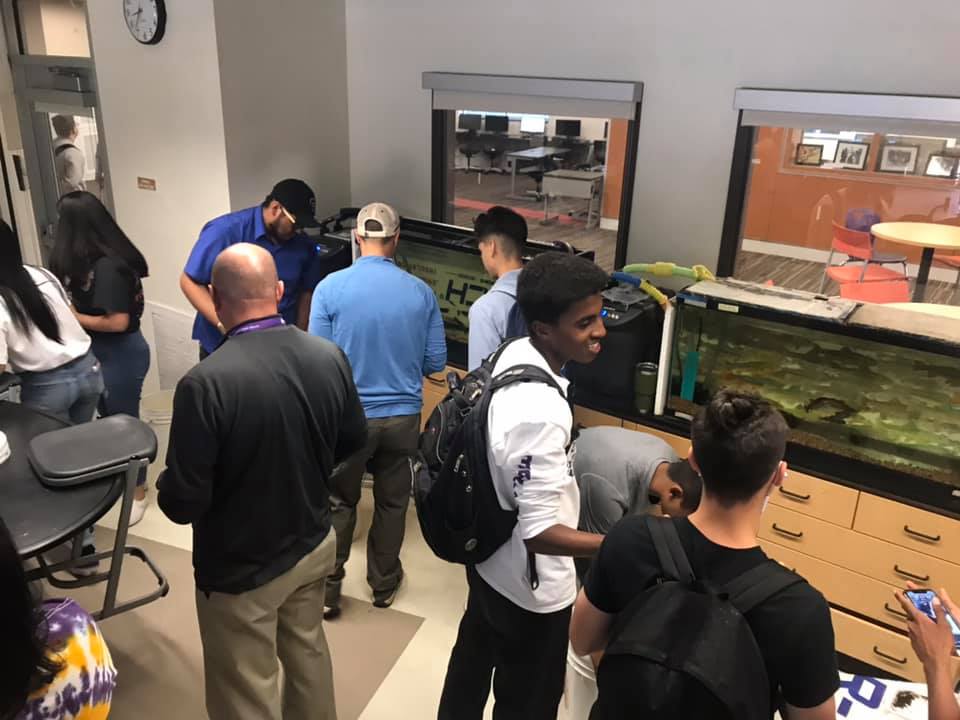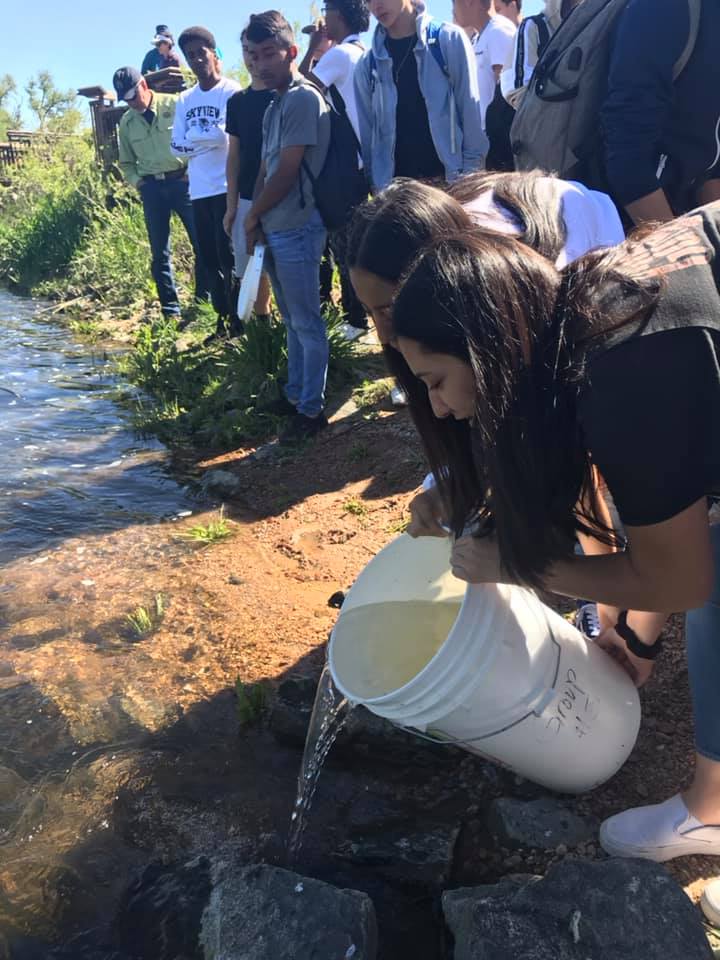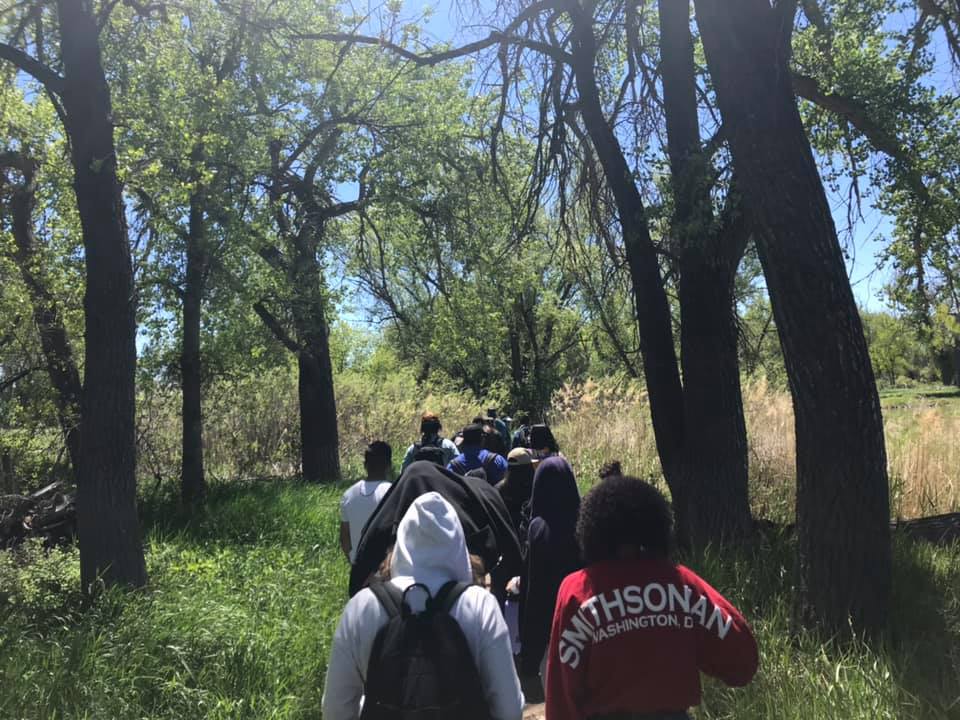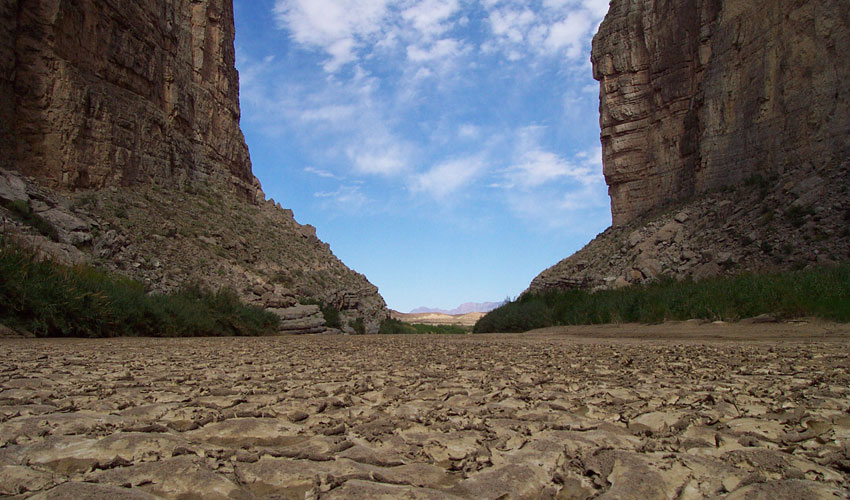STREAM Girls is a watershed education program created through a partnership between Girls Scouts of USA and Trout Unlimited with the goal of engaging elementary and middle school girls in STEM-based exploration. In addition to STREAM Girls getting its name from the focus on watersheds, STREAM also stands for Science, Technology, Recreation, Engineering, Art, and Math. The program is divided into eight activities highlighting each of these subjects. Girls learn about stream flow measurements, aquatic macroinvertebrate life, riparian habitats, and fly fishing throughout the program. Through inquiry-based learning, Girl Scouts get to know their local watersheds, develop new outdoor skills, and increase their understanding of real work applications of STEM.
After a successful year of hosting 6 STREAM Girls events in 2019, Colorado Trout Unlimited was excited to carry the momentum into 2020 with six more scheduled programs. Unfortunately, 2020 plans were stifled by the COVID-19 global pandemic. With public health orders restricting group size and concerns surrounding shared gear utilized during in-person programming, CTU shifted STREAM Girls to a virtual platform. To facilitate this transition, CTU staff and volunteers created several videos and sourced additional existing educational resources to support the STREAM Girls activities.
Over the course of fall, CTU hosted STREAM Girls programming through four virtual/self-guided events with the support of local Trout Unlimited chapters. The four STREAM Girls programs engaged 59 girl scouts from across Colorado. Beyond the Girl Scouts who received STREAM Girls patches, the virtual programming engaged entire families in getting outdoors to explore and learn about local watersheds.
To understand the efficacy and impact of the virtual STREAM Girls program, CTU asked Girls Scouts and their parents to complete a post-program survey. Colorado Trout Unlimited was pleased to have 100% of respondents note increased knowledge of their local watersheds, heightened interest in STEM-subjects, activities, and careers, desire to further develop fishing skills, and recommendation of the program to other girl scouts. Participants provided additional positive feedback, which included:
“This is a great program to introduce girls to fly-fishing and knowledge of local streams. It was a well-thought out, self-guided program that covered a great deal of information. We had a fun time doing all of the steps.”
“It is a wonderful break from our overwhelmingly electronic world! I thought it was a great way to introduce different aspects of stream science so that have it in their head as they are thinking about future endeavors.”
“It is a great activity to get outside and bond/enjoy the time with your girl.”
“A great way to get involved with your Girl Scout and learn as a family with specific detailed tasks to help you learn about rivers, fly fishing, etc.”
“It was really fun and would like to do it again in person. All the activities were awesome!”
A big THANK YOU goes out to Girls Scouts of Colorado, Pikes Peak Chapter, St. Vrain Anglers, Rocky Mountain Flycasters, Gunnison Gorge Anglers, Grand Valley Anglers, and all of the volunteers who helped support these events! Additionally, we would like to acknowledge Orvis, New Jersey Audubon, The Stroud Water Research Center, Arizona Department of Water Quality, and Arizona Game and Fish for allowing Colorado Trout Unlimited to use educational videos for STREAM Girls.
Colorado TU was the first to pilot and host virtual/self-guided STREAM Girls events across the country. CTU is proud to have shared our success and lessons learned with Trout Unlimited staff and volunteers
across the country. We look forward to further developing these resources to help support STREAM Girls events in the future!
By Geoff Elliott, CTU Youth Education Coordinator

